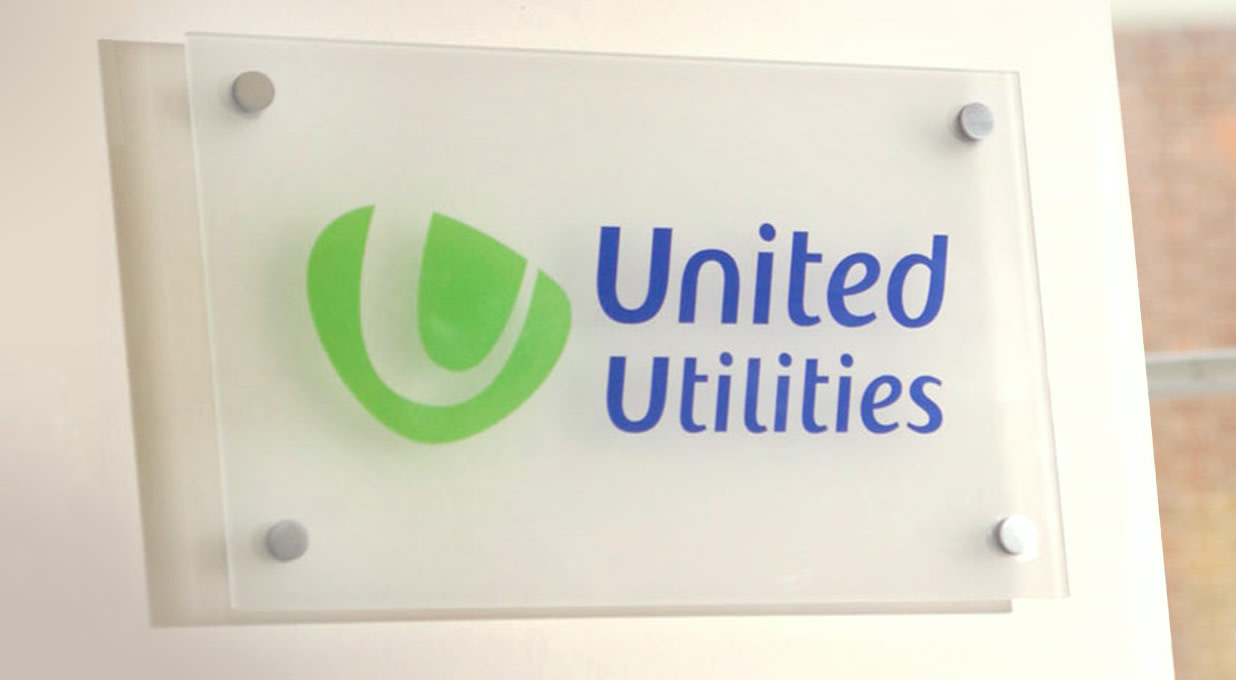United Utilities’ full-year underlying revenue rose 8.1% to £1.9bn. This growth was largely driven by inflation-linked increases allowed as part of the group’s revenue cap.
Underlying operating profits grew at a faster pace of 17.5% to £0.5bn, in line with market expectations. The uplift was largely due to higher revenue which helped offset increased power and labour costs.
Free cash flow fell from £111.6mn to £0.4mn. Net debt rose by £0.6bn to £8.8bn, but remains in the lower half of the group’s target range.
Looking ahead, full-year revenue is expected to rise by around 10%, and underlying costs are set to grow faster than inflation.
A final dividend of 33.19p per share was announced. This takes the full-year total to 49.78p, up 9.4%, in line with the group’s dividend policy of matching inflation.
The shares were broadly flat following the announcement.
Our view
United Utilities’ full-year results were broadly in line with market expectations. That saw profits move higher at double-digit rates, despite exceptionally wet weather causing some challenges.
In return for providing a reliable and affordable water supply to Northwest England, Ofwat allows United Utilities to earn an acceptable financial return. Over the medium term, the group's allowed to increase prices alongside inflation, providing a natural hedge to rising costs. The caveat here is that the funds are only received two years later.
We’re seeing the positive impact of these high inflation-linked increases on the group's revenue now, as it helped the top line move around £145mn higher last year. But inflation also pushed up costs, meaning not all of the bumper revenue flowed through to the bottom line.
Outcome Delivery Incentives (ODIs) came in at £34mn last year, which, despite being a record reward, is roughly £30mn lower than the group’s original expectations. ODI’s are bonuses for delivering above and beyond committed levels of service to customers.
The shortfall stems from the negative impact of exceptionally high levels of rainfall last year – the wettest year in the North West for the last 69 years. This put pressure on the group’s capacity to manage it all properly, ultimately leading to burst pipes and unwanted spills from storm overflows.
The balance sheet remains stable, with debt levels in the lower half of the group’s target range. This helps support the group's ambitious £13.7bn plans to expand and upgrade its assets between 2025-2030. Although United Utilities still needs to raise a large chunk of cash, which will require issuing new debt and likely push debt levels towards the top end of its target range.
Customers' ability to pay their bills as cost-of-living pressures persists is also something to be wary of. So far this looks under control and there's government support in place. But United Utilities is calling for this to be more fairly distributed, with some of the country's most deprived communities being within the areas it services.
All in, the group runs a tight ship, with some of the best margins relative to peers. Its regular cash flows and inflation-linked revenue are enviable assets to have in an uncertain environment. But the group's not immune to missteps, and adverse weather could continue to present challenges.
United Utilities key facts
All ratios are sourced from Refinitiv, based on previous day’s closing values. Please remember yields are variable and not a reliable indicator of future income. Keep in mind key figures shouldn’t be looked at on their own – it’s important to understand the big picture.
This article is not advice or a recommendation to buy, sell or hold any investment.No view is given on the present or future value or price of any investment, and investors should form their own view on any proposed investment.This article has not been prepared in accordance with legal requirements designed to promote the independence of investment research and is considered a marketing communication.Non - independent research is not subject to FCA rules prohibiting dealing ahead of research, however HL has put controls in place(including dealing restrictions, physical and information barriers) to manage potential conflicts of interest presented by such dealing.Please see our full non - independent research disclosure for more information.


